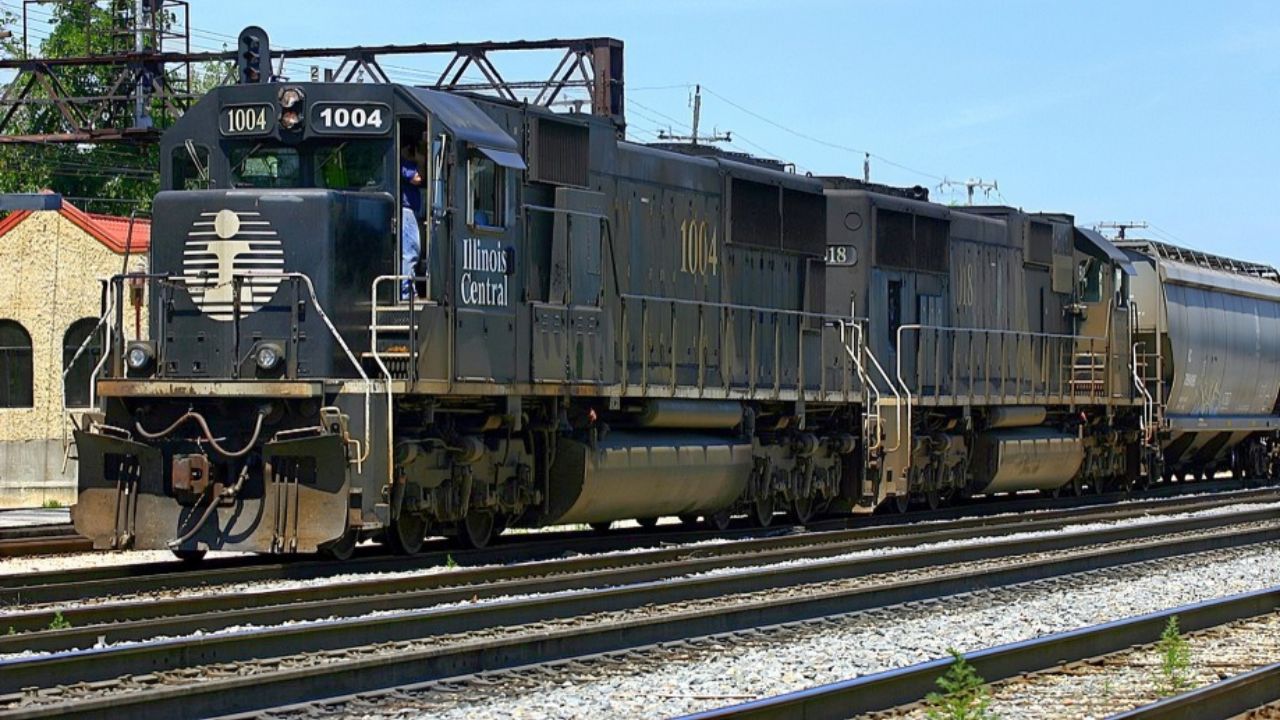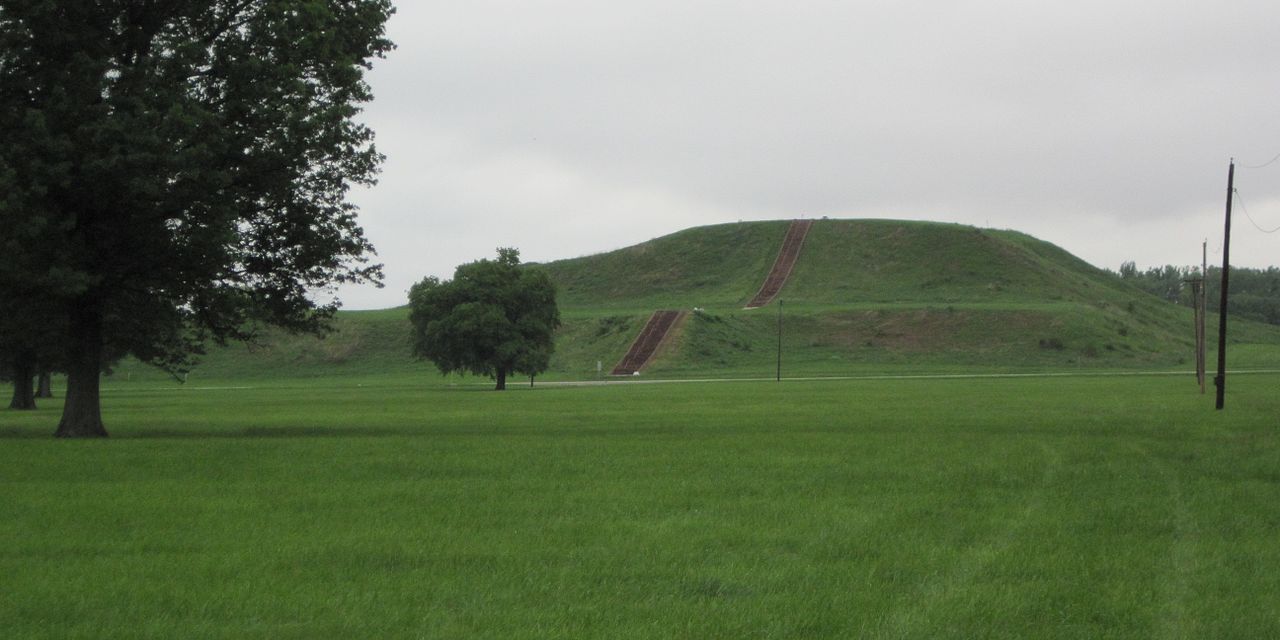Trains were central to how Americans moved, and they shaped civil rights, too. From 1892 to 1961, rail lines became courtrooms on wheels, testing unfair laws and company rules in real time. These cases set standards for equal service, pushed the Interstate Commerce Commission, and prepared the way for later wins. If you visit stations or museum cars, stay off active tracks, and only go where visitors are allowed because railroad trespassing is illegal and dangerous.
1. East Louisiana Railroad
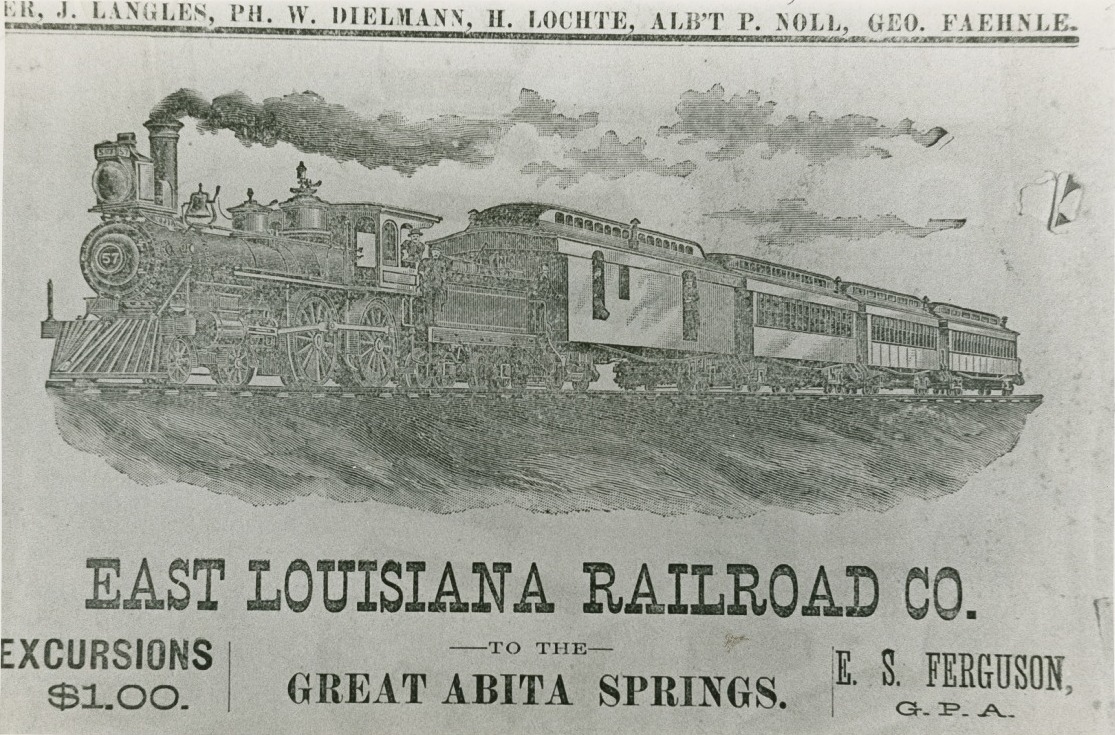
On June 7, 1892 in New Orleans, Homer Plessy bought a first class ticket and sat in a “whites only” car on the East Louisiana Railroad to challenge Louisiana’s 1890 Separate Car Act. He was arrested at the Press Street depot, and the test case rose to the U.S. Supreme Court. In 1896, Plessy v. Ferguson upheld “separate but equal,” entrenching segregation on trains for decades across the South. The site still marks the moment. If you go, use sidewalks and marked crossings near tracks for safety. Look for posted signs.
2. Southern Railway
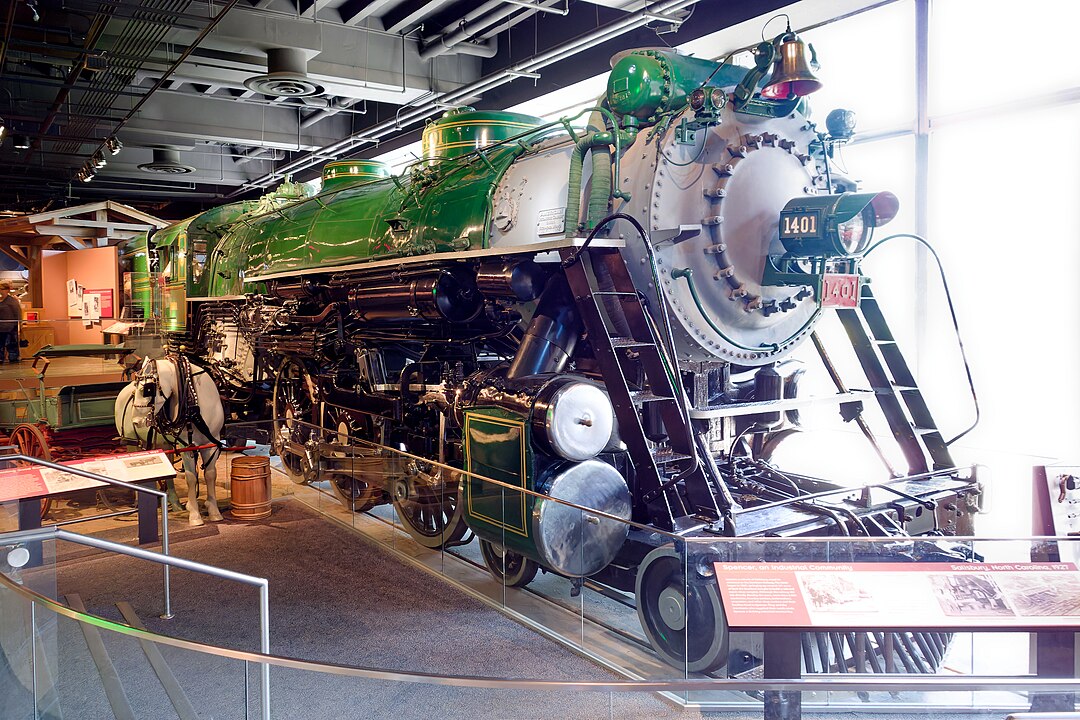
Elmer W. Henderson rode the Southern Railway on May 17, 1942, from Washington, D.C. toward Atlanta. Company dining car rules reserved 10 tables for white passengers and only 1 for Black passengers, separated by a curtain. Henderson was denied a seat, then sued. On June 5, 1950, the Supreme Court ruled in Henderson v. United States that this practice violated Section 3(1) of the Interstate Commerce Act. When visiting rail museums, keep food and drinks away from exhibits, and follow posted staff guidance for care and safety.
3. Illinois Central Railroad
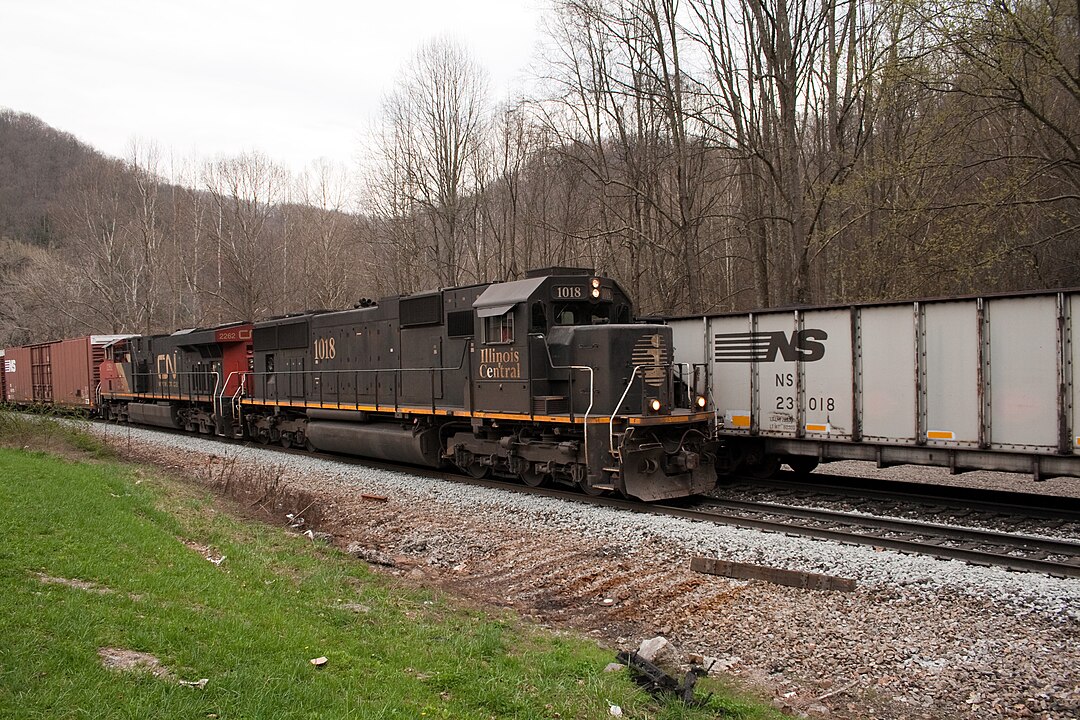
On April 20, 1937, Congressman Arthur W. Mitchell left Chicago for Hot Springs on the Illinois Central to Memphis, then continued on a Rock Island sleeper. After crossing the Mississippi into Arkansas, he was forced from the Pullman car under that state’s segregation law. Mitchell filed a complaint. On April 28, 1941, the Supreme Court held in Mitchell v. United States that carriers must give equal first-class accommodations to Black passengers. Stations today post rules about platforms; stay behind yellow lines.
4. Atchison, Topeka & Santa Fe Railway
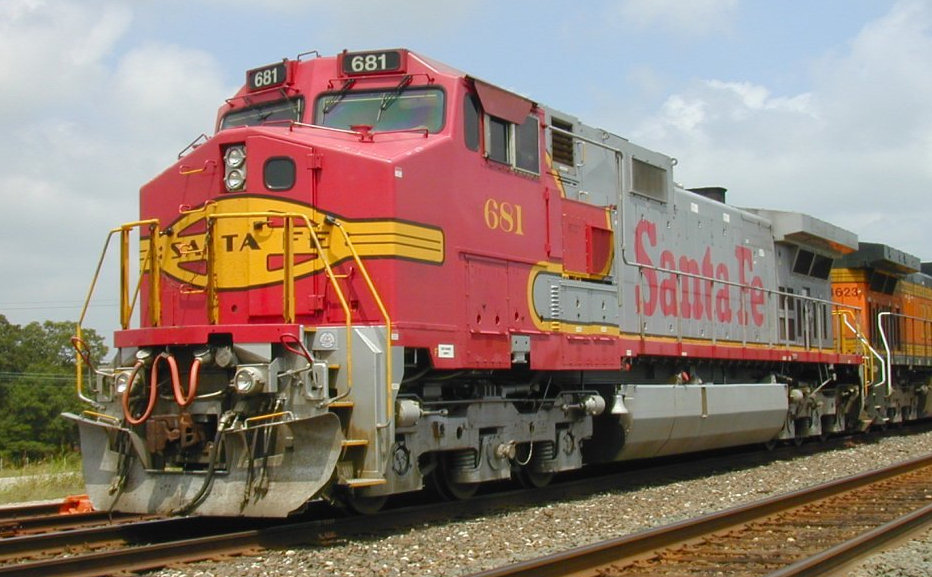
Oklahoma’s Separate Coach Law took effect on December 18, 1907, and allowed railroads to run sleepers, diners, and chair cars exclusively for white travelers. In McCabe v. Atchison, Topeka & Santa Fe Railway, decided November 30, 1914, the Supreme Court said that kind of carveout discriminated against Black passengers, even if demand was smaller, but denied an injunction because no plaintiff showed a specific denial. The ruling clarified strategy for later riders, who gathered proof during real trips.
5. Chesapeake & Ohio Railway
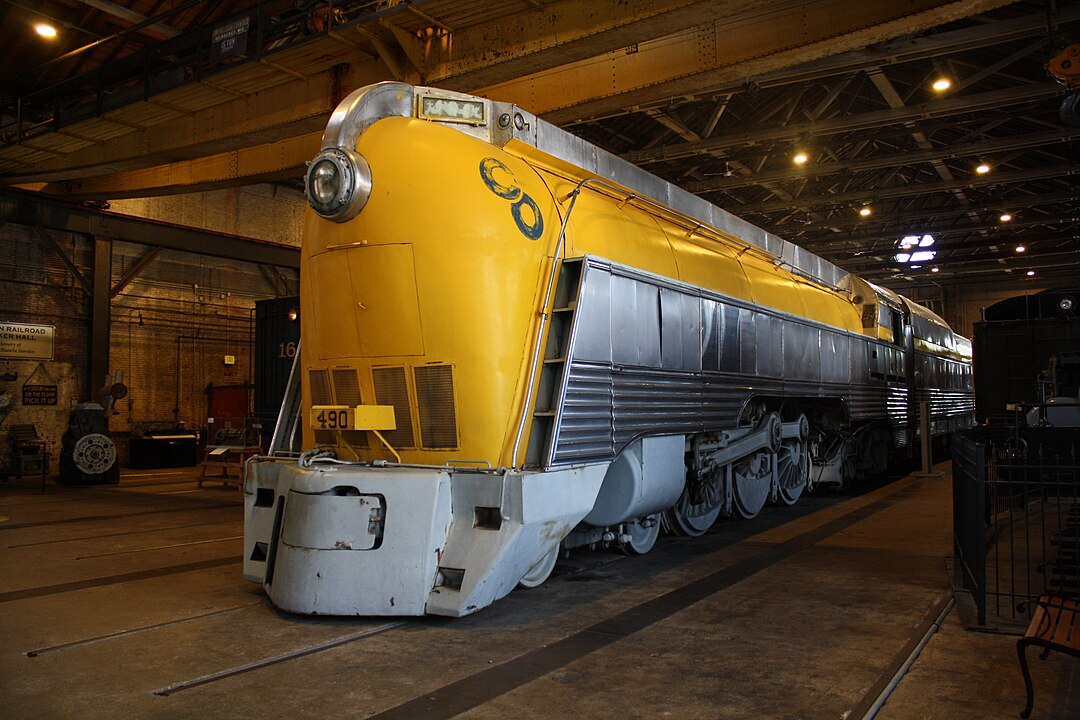
In Kentucky, the Chesapeake & Ohio Railway faced J. Alexander Chiles in a case over segregated coaches. On May 31, 1910, the Supreme Court held railroads could require separate seating for interstate passengers if accommodations were equal, reflecting the era’s law. That ruling, from a case argued April 18, 1910, showed how courts shaped travel rules long before 1954. If you explore historic depots, use marked areas only. Tracks and yards are restricted work zones with moving equipment. Violations can bring fines and real danger.
6. Georgia Railroad
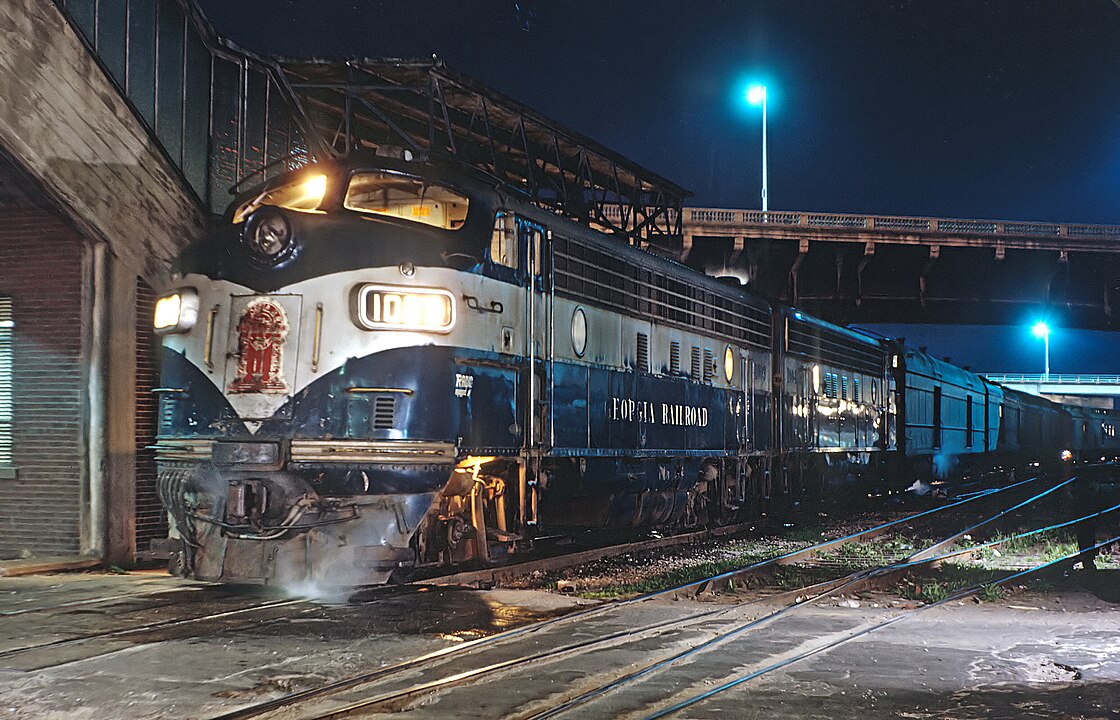
Years before the big Supreme Court fights, the Interstate Commerce Commission heard early complaints against railroads. In 1887–1888, cases like Heard v. Georgia Railroad and Councill v. Western & Atlantic found that moving Black passengers to inferior cars violated Section 3 of the 1887 Interstate Commerce Act. One Tennessee incident in 1888 began in Chattanooga. These ICC rulings gave riders tools for equal treatment long before the Freedom Rides of 1961 pushed enforcement. Ask staff before entering any equipment; many cars are fragile or under restoration.
